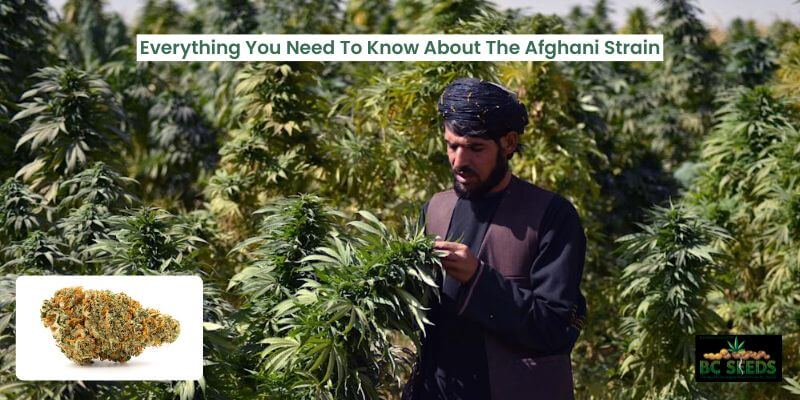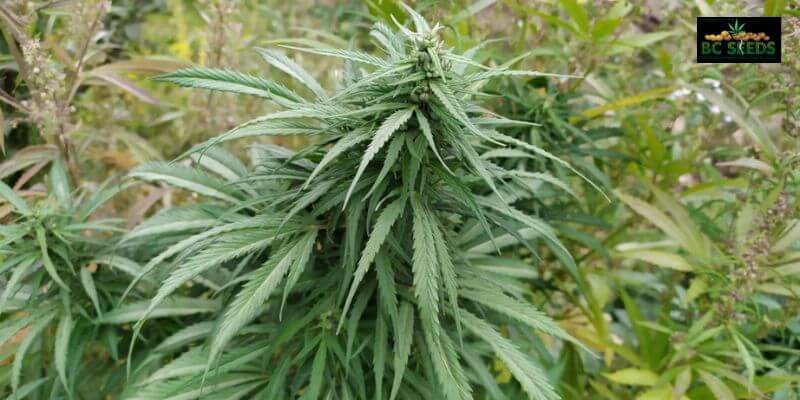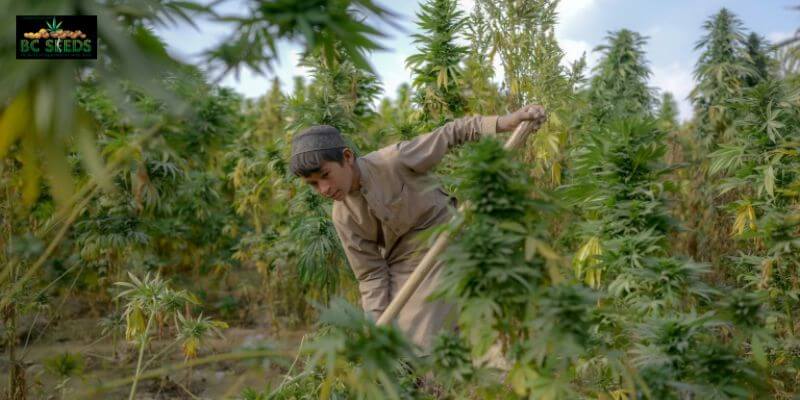Everything You Need To Know About The Afghani Strain

Afghan cannabis and hachs production dates back centuries in this country in Central Asia, tucked between the western escarpments of the Hindu Kush and Iranian deserts. For a long time, it has been commonly accepted that cannabis initially appeared in the Himalayan foothills (the highest in the globe), where the plant has been farmed under regulated conditions ever since. However, the origins of the afgano genotype and the conventional cannabis types produced in this region are still up for controversy.
In terms of cannabis and hachs Cuna cultivation, Afghanistan has what is likely to be the world’s longest history of this type of activity. This country has lately overtaken Marruecos as the world’s biggest producer of this resin concentrate, according to the United Nations Office on Drugs and Crime, and we’ve seen how cannabis farming is fast replacing opium cultivation in the Media Luna Dorada region.
Vavilov and Afghan cannabis

It is widely accepted among academics that Afghani sativa strains of cannabis predate Afghani indica by many decades and that Afghani Sativa strains predate Afghani indica by several decades. Afghan and Pakistani Indica strains were increasingly popular due to their better yields during the boom years of Afghan and Pakistani hashish production in the 1960s and 1970s. Unintentional breeding between crops in close proximity would lead to cross-pollinated cultivars combining Indica and Sativa.
Kabul is full of pot
Afghan and Turkestan (now Uzbekistan) have long been known for producing the finest hash in the world. When tobacco arrived in Europe and Asia in the 16th century, along with the development of modern dry resin screening technologies, hashish manufacturing exploded in Asia and the Middle East. Because of this, demand for hashish increased over the world and new processing methods were developed to accommodate it. Bukhara and Samarkand, the two main marketplaces in Turkestan, became known for their high-quality hash, which many users in India (the largest market at the time) believed to be unequaled..”
It was during the Russian invasions that many Afghans fled the country to Afghanistan’s northern area or Yarkand region. Turkish migrants arrived in Afghanistan bearing seeds from their homeland that spurred an explosion in the production of cannabis and hashish in the region, which locals rapidly adopted. It is estimated that in the late nineteenth century, more than 80,000 kilos of hashish were imported into India annually, primarily from Afghanistan and Chinese Turkestan (Yarkand).
In the 1930s, a new influx of Turkestani-Russians sought refuge in Afghanistan. Consequently, the production of cannabis spread rapidly to the south of the country, along its borders with Pakistan and Iran. It was at this time that the Chinese government banned all cannabis cultivation in China, resulting in a significant drop in Yarkand’s production, allowing Afghan manufacturers of smoked hash and Nepali and northern Indian artisans to continue making charas to dominate the Asian market (or hash made by freezing fresh flower buds).
The best hachs accessible in Asia during the height of the Hippie Hashish Trail came from Mazar-i-Sharif and Balk, both in northern Afghanistan, with permission of the famed Temple Balls Nepalese. As a result of the 1973 decision by the Afghan and Nepali governments to make marijuana illegal, the situation in Afghanistan rapidly deteriorated. After Russia invaded this country in 1980, many cannabis producers and cultivators (and their genetics) fled to Pakistan’s border region in order to escape the conflict. A considerable majority of Pakistan’s commercially exploited hachs came from the country’s resin production in subsequent years.
Following the ouster of the Taliban regime in 2001, Afghanistan became the world’s leading producer of opium and hashish. According to UNODC data, Afghanistan generated between 1,500 and 3,500 tons of hashish in 2010 using an estimated total area of up to 24,000 hectares. As compared to Morocco, which had an area of around 45,000 acres, Afghan farmers produced 145 kg of wheat per hectare. Since this resin extraction has been practiced for so long by no other extant civilization, it is not a coincidence.
Cannabis is grown and utilized in Afghanistan.

The black, polished blocks of pressed resin are available in a wide range of shapes and sizes. Hookahs and shishas, which have a small reservoir of water in them and through which the smoke passes before being inhaled, were the original way Afghans smoked hash.
Summary
Afghanistan’s hashish-producing cannabis farms have risen significantly over the years because of their high output and simplicity of processing. Afghanistan, home to the world’s oldest-known hash culture, is also the country with the biggest current production capacity. That Afghanistan’s distinctive contribution to the global hash market would not be lost to time is our honest hope.

Leave a Comment